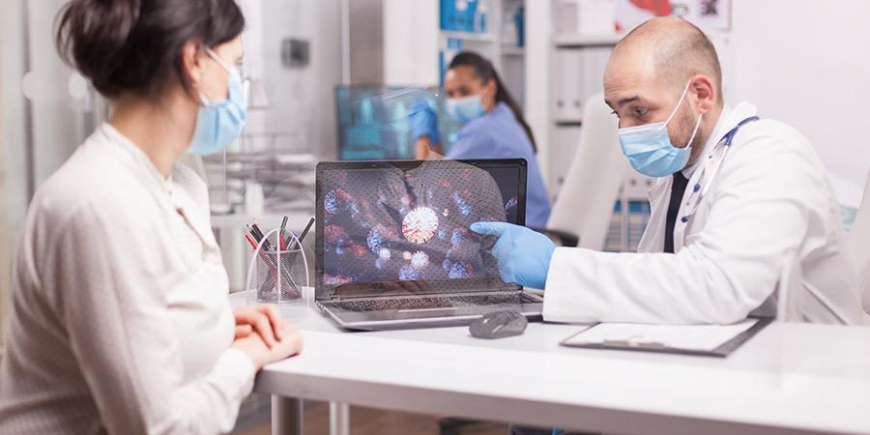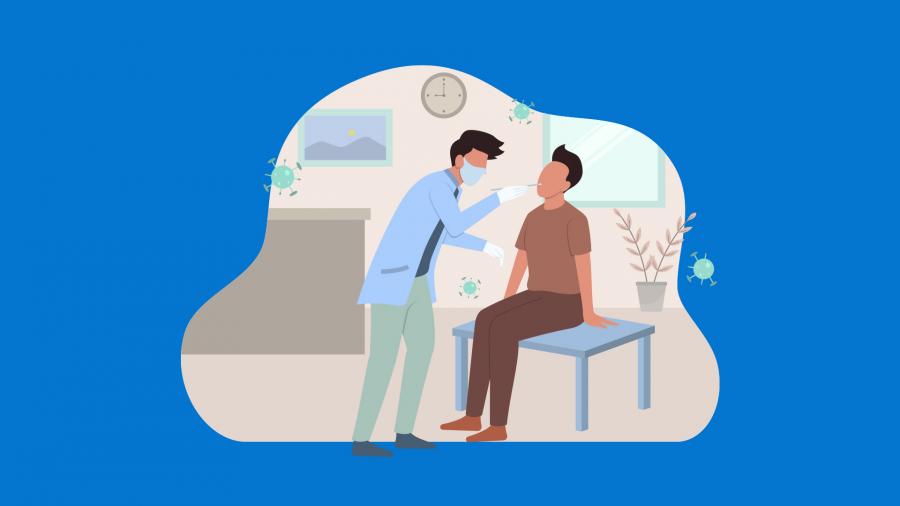Multiple variables were analyzed in this study. The researchers found that people with vitamin D deficiency at the last testing, and who did not receive higher doses of vitamin D, are much more likely to be infected with the virus than those with probably sufficient levels. The corresponding rates of infection were 22% vs. 12%.The prevalence of vitamin D deficiency decreased with higher vitamin D dosage, but the latter was not linked to positive testing for COVID-19.The observational nature of the study does not allow the conclusion that vitamin D deficiency causes an increased risk of COVID-19 infection. Indeed, vitamin D may be reduced because of multiple medical conditions and behavioral factors that quite possibly reduce the chance of adequate treatment while boosting the COVID-19 risk. However, the findings remain unchanged over a wide range of other disease conditions and age groups.
The study also examined patients who had received vitamin D2 or calcitriol. The use of calcitriol was one of the factors that led to a definition of vitamin D deficiency since it is often used in patients with chronic renal disease or hypoparathyroidism. When these cases are excluded, the observed associations typically become stronger. Another factor is the study location and base: a large number of people with chronic illness, health workers, and Black Americans, in a northern city in winter. This predisposes to a more significant number of people with vitamin D deficiency. In another population subgroup, this may be less important in determining COVID-19 risk.
- Spend time in sunlight Vitamin D is often referred to as “the sunshine vitamin” because the sun is one of the best sources of this nutrient. Your skin hosts a type of cholesterol that functions as a precursor to vitamin D. When this compound is exposed to UV-B radiation from the sun, it becomes vitamin D.
- Consume fatty fish and seafood Fatty fish and seafood are among the richest natural food sources of vitamin D.Other kinds of fish and seafood rich in vitamin D include:
- tuna
- mackerel
- oysters
- shrimp
- sardines
- anchovies
- Eat more mushrooms Mushrooms are the only completely plant-based source of vitamin D.Like humans, mushrooms can make their own vitamin D upon exposure to UV light. Humans produce a form of vitamin D known as D3 or cholecalciferol, whereas mushrooms produce D2 or ergocalciferol
- Include egg yolks in your diet Egg yolks are another source of vitamin D that you can easily add to your routine.Like many other natural food sources, yolks have variable vitamin D content.
- Eat fortified foods Because few foods naturally contain high levels of vitamin D, this nutrient is often added to staple goods in a process known as fortification.Still, you should keep in mind that the availability of vitamin-D-fortified foods varies by country, and the amount added to foods may differ by brand and type. Some commonly fortified goods include:
- Cow milk
- plant-based milk alternatives like soy, almond, and hemp milk
- orange juice
- ready-to-eat cereals
- certain types of yogurt
- tofu
- Take a supplement For many people, taking a vitamin D supplement may be the best way to ensure adequate intake.Vitamin D exists in two main biological forms D2 and D3. Typically, D2 comes from plants and D3 from animals Research suggests that D3 may be significantly more effective at raising and maintaining overall vitamin D levels than D2, so look for a supplement with this form
- Try a UV lamp Lamps that emit UV-B radiation may also boost your vitamin D levels, though these lamps can be costly.When your skin is exposed to UV-B radiation from the sun, it’s able to produce its own vitamin D. UV lamps mimic the action of the sun and can be especially helpful if your sun exposure is limited due to geography or time indoors.


